Grow fresh parsley at home, even if you think you have a black thumb! Have you ever been halfway through a recipe, only to realize you’re missing that crucial sprig of fresh parsley? Or perhaps you’re tired of buying those sad, wilted bunches from the grocery store that seem to expire the moment you get them home? I know I have! That’s why I’m so excited to share these simple, yet effective, DIY tricks and hacks that will have you harvesting your own vibrant, flavorful parsley in no time.
Parsley, with its bright green leaves, isn’t just a pretty garnish; it’s been a culinary staple for centuries. Originating in the Mediterranean, parsley was revered by the ancient Greeks and Romans, not only for its flavor but also for its medicinal properties. They even used it to crown victors in athletic competitions! Today, parsley continues to be a beloved herb worldwide, adding a fresh, peppery note to countless dishes.
But let’s face it, buying fresh herbs can be expensive and wasteful. That’s where these DIY home gardening tricks come in. Imagine stepping outside your door and snipping off exactly the amount of parsley you need, knowing it’s fresh, organic, and bursting with flavor. I’m going to show you how to grow fresh parsley at home, regardless of your gardening experience or the size of your space. From choosing the right container to mastering the art of watering, these tips will empower you to cultivate your own thriving parsley patch and elevate your cooking to a whole new level. Get ready to ditch the store-bought stuff and embrace the joy of homegrown goodness!
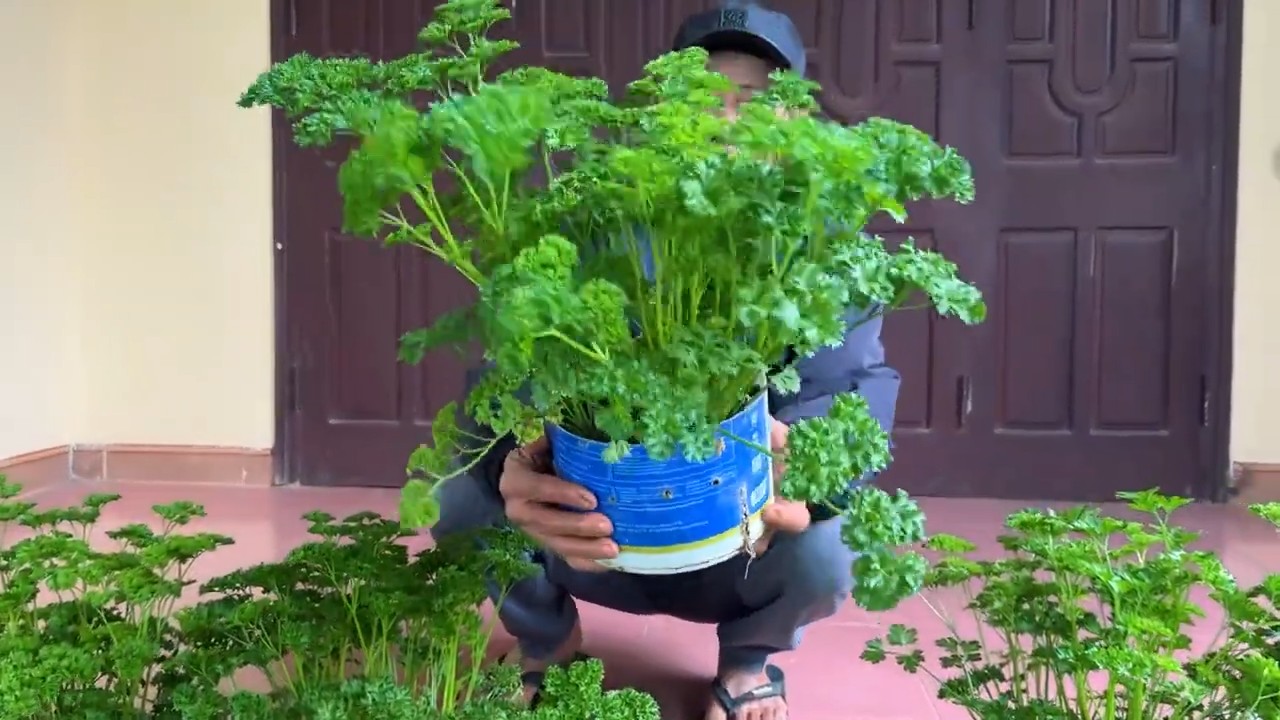
Growing Fresh Parsley at Home: A DIY Guide
Hello dear garden friends! Are you also tired of always buying wilted, expensive parsley at the supermarket? Me too! That’s why today I’m going to show you how you can easily and inexpensively grow your own fresh parsley at home. It’s easier than you think, and you will taste the difference!
What You Need for Growing Parsley
Before we start, here is a list of everything you will need:
- Parsley seeds: Preferably organic quality, so you can be sure they don’t contain any harmful substances.
- Seed pots or trays: Small pots or trays with drainage holes are ideal. You can also use recycled yogurt cups or egg cartons.
- Seed starting mix: This is low in nutrients and loose, perfect for seed germination.
- Potting soil: For later, when the seedlings are larger.
- Watering can or spray bottle: For watering.
- A sunny location: Parsley loves light!
- Optional: A mini-greenhouse or plastic wrap to increase humidity.
Step-by-Step Guide: Sowing Parsley
Now let’s get down to it! Here is a detailed guide on how to successfully sow your parsley:
- Prepare the seed pots: Fill your seed pots or trays with seed starting mix. Press the soil down lightly, but not too firmly. It should remain loose and airy.
- Sow the seeds: Parsley seeds can be a bit tricky when it comes to germination. It’s best to soak them in lukewarm water for 24 hours before sowing. This helps to speed up germination. Then, distribute the seeds evenly on the soil. Make sure they are not too close together, otherwise, the seedlings will later compete for light and nutrients. A handful of seeds per pot is usually enough.
- Cover the seeds: Cover the seeds with a thin layer of seed starting mix (approx. 0.5 cm / 0.2 inches). Press the soil down lightly.
- Watering: Gently moisten the soil with a watering can or spray bottle. The soil should be damp, but not wet. Avoid waterlogging, as this can lead to mold.
- Create a greenhouse climate (optional): To increase humidity and speed up germination, you can cover the pots with a mini-greenhouse or plastic wrap. Make sure the wrap does not rest directly on the soil. Ventilate the greenhouse or remove the wrap briefly every day to prevent mold.
- The right location: Place the seed pots in a bright, warm place. A windowsill with direct sunlight is ideal. The optimal germination temperature is between 18 and 22 degrees Celsius (64-72°F).
- Patience is required: Parsley seeds take a little longer to germinate. It can take up to three weeks for the first seedlings to sprout. Be patient and keep the soil moist.
Caring for Young Parsley Plants
As soon as the first seedlings emerge from the soil, the real work begins. Here are a few tips on how to care for your young parsley plants:
- Regular watering: Continue to keep the soil moist, but avoid waterlogging. It’s best to water in the morning so the leaves can dry out during the day.
- Sufficient light: Parsley needs a lot of light to grow well. If the plants get too little light, they will become long and thin. Rotate the pots regularly so that all sides get even light.
- Thinning the seedlings: If the seedlings are too close together, you should thin them out. This means removing the weakest seedlings so that the stronger ones have enough space to grow. Leave about 5-7 cm (2-3 inches) of space between the seedlings.
- Fertilizing (optional): When the seedlings are a bit larger (approx. 5 cm / 2 inches high), you can feed them with a mild liquid fertilizer. Make sure the fertilizer is suitable for herbs. Don’t fertilize too often, as parsley does not require much fertilizer.
Transplanting into Larger Pots or Outdoors
When the parsley plants are large enough (approx. 10 cm / 4 inches high) and the weather permits (no more frost!), you can transplant them into larger pots or outdoors.
- Prepare the pots or bed: Fill the larger pots with potting soil. If you want to plant the parsley outdoors, loosen the soil and remove weeds.
- Transplanting: Dig a hole that is slightly larger than the root ball of the parsley plant. Carefully place the plant in the hole and fill it with soil. Press the soil down lightly.
- Watering: Water the transplanted plants thoroughly.
- The right location: Parsley prefers a sunny to partially shaded location. Outdoors, the soil should be well-draining.
Harvesting and Using Parsley
Finally! Now you can harvest and enjoy your homegrown parsley.
- Harvesting: Cut the stems of the parsley with scissors or a knife. Cut the outer stems first so that the inner stems can continue to grow. Harvest the parsley regularly to stimulate growth.
- Use: Parsley is versatile. It goes wonderfully with soups, salads, sauces, meat, and fish dishes. You can also use it as a garnish.
- Storage: Fresh parsley will keep in the refrigerator for a few days. It’s best to wrap it in a damp cloth or place it in a glass of water. You can also freeze parsley. To do this, chop it finely and put it in ice cube trays. Fill the trays with water and freeze them. This way, you always have fresh parsley on hand.
Tips and Tricks for Successful Parsley Cultivation
Here are a few additional tips that can help you with your parsley cultivation:
- Parsley needs light to germinate: This means the seeds require light to sprout. Therefore, cover them only thinly with soil.
- Parsley dislikes waterlogging: Make sure that water can drain well.
- Parsley is a biennial: In the first year, it produces leaves; in the second year, it flowers and produces seeds. The plant dies after flowering.
- Curly parsley is more robust than flat-leaf parsley: It is less susceptible to diseases and pests.
- Parsley gets along well with tomatoes: Plant them next to each other to keep pests away.
- Cut off the flower stalks: When parsley flowers, the leaves become bitter. Therefore, cut off the flower stalks to continue enjoying the leaves.
I hope this guide helps you to grow your own fresh parsley at home. It’s really not difficult and it’s worth it! Happy gardening!
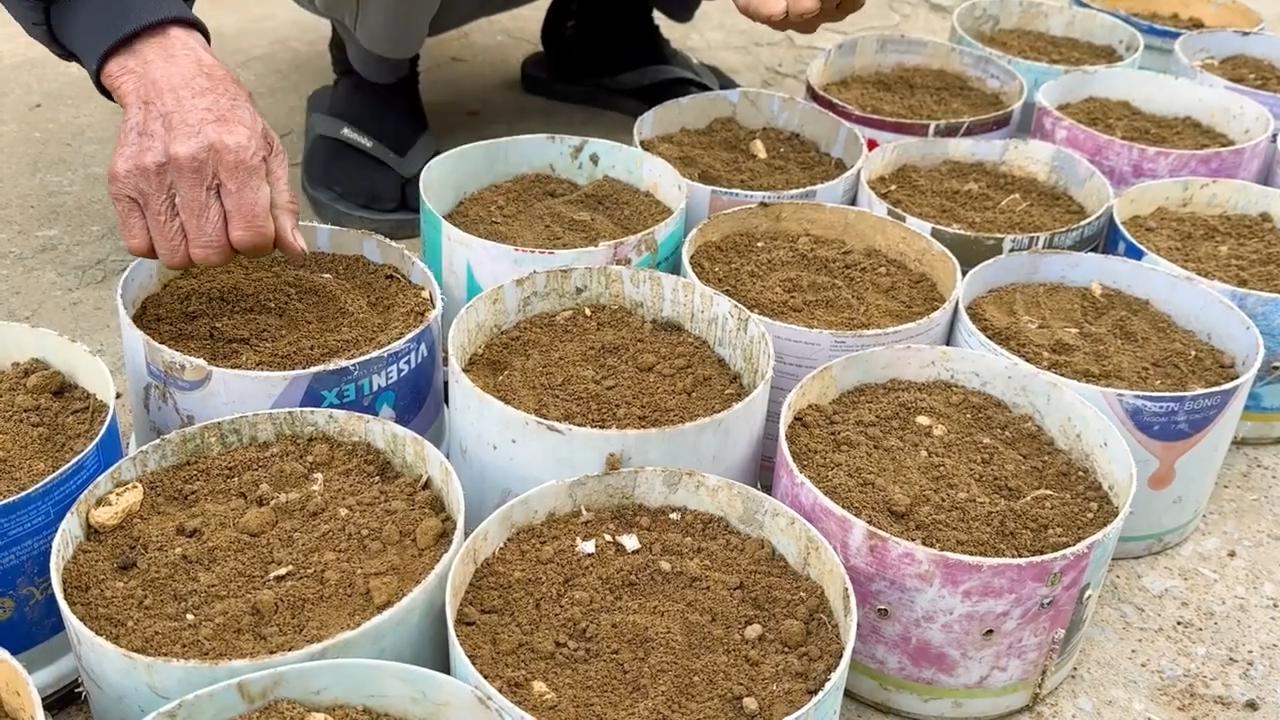
Conclusion
So, there you have it! Growing fresh parsley at home is not only achievable, but it’s also a rewarding experience that elevates your culinary creations and adds a touch of green to your living space. Forget those sad, wilted bunches from the grocery store – imagine snipping vibrant, flavorful parsley directly from your own little garden whenever you need it. The difference in taste and aroma is truly remarkable.
This DIY trick is a must-try for several compelling reasons. First and foremost, it guarantees a constant supply of fresh parsley, eliminating those last-minute trips to the store when you realize you’re missing that crucial ingredient. Secondly, it’s incredibly cost-effective. A single packet of parsley seeds or a small starter plant will yield far more parsley than you could ever buy, saving you money in the long run. Thirdly, and perhaps most importantly, growing your own parsley allows you to control the growing environment, ensuring that your herbs are free from harmful pesticides and chemicals. You know exactly what you’re putting into your food, and that peace of mind is priceless.
Beyond the basic method outlined, there are several exciting variations you can explore. Consider growing different varieties of parsley, such as curly parsley or flat-leaf (Italian) parsley, to add diverse flavors and textures to your dishes. Experiment with different containers, from terracotta pots to repurposed containers, to create a visually appealing herb garden that complements your home décor. You can even try growing parsley indoors during the colder months, ensuring a year-round supply of this versatile herb. If you’re feeling adventurous, try companion planting parsley with other herbs and vegetables, such as tomatoes, carrots, and roses, to enhance their growth and flavor.
Don’t be intimidated if you’ve never grown herbs before. Parsley is a relatively easy herb to cultivate, and with a little patience and attention, you’ll be harvesting your own fresh parsley in no time. The satisfaction of nurturing a plant from seed to harvest is incredibly rewarding, and the fresh, vibrant flavor of homegrown parsley will transform your cooking.
We wholeheartedly encourage you to give this DIY trick a try. Start small, be patient, and don’t be afraid to experiment. Once you experience the joy of growing your own parsley, you’ll never go back to store-bought again.
And most importantly, we want to hear about your experience! Share your tips, tricks, and photos of your parsley-growing adventures in the comments below. Let’s create a community of parsley enthusiasts and inspire others to embrace the joys of homegrown herbs. What challenges did you face, and how did you overcome them? What are your favorite ways to use your fresh parsley? Your insights and experiences will be invaluable to other readers who are just starting out. Let’s grow together!
Frequently Asked Questions (FAQ)
What kind of soil is best for growing parsley?
Parsley thrives in well-draining soil that is rich in organic matter. A good potting mix specifically formulated for herbs is an excellent choice. You can also amend regular potting soil with compost or aged manure to improve its fertility and drainage. Avoid heavy clay soils, as they can become waterlogged and hinder parsley growth. The ideal soil pH for parsley is between 6.0 and 7.0, which is slightly acidic to neutral.
How much sunlight does parsley need?
Parsley needs at least 6 hours of sunlight per day to thrive. If you’re growing parsley indoors, place it near a sunny window that receives plenty of direct sunlight. If you don’t have enough natural light, you can supplement with a grow light. Insufficient sunlight can result in leggy, weak growth and a less flavorful herb.
How often should I water my parsley plant?
Water parsley regularly, keeping the soil consistently moist but not waterlogged. Check the soil moisture by sticking your finger about an inch deep into the soil. If it feels dry, it’s time to water. Avoid overwatering, as this can lead to root rot. During hot, dry weather, you may need to water more frequently. When watering, water at the base of the plant to avoid wetting the foliage, which can increase the risk of fungal diseases.
How do I harvest parsley?
Harvest parsley by snipping off the outer stems near the base of the plant. This encourages new growth from the center. Avoid cutting more than one-third of the plant at a time, as this can stress the plant and reduce its yield. Harvest parsley in the morning, after the dew has dried, for the best flavor. You can use scissors or pruning shears to harvest the stems.
How do I store fresh parsley?
There are several ways to store fresh parsley to keep it fresh for longer. One method is to wrap the parsley in a damp paper towel and store it in a plastic bag in the refrigerator. Another method is to place the parsley stems in a glass of water, like you would with flowers, and store it in the refrigerator. Change the water every day or two. You can also freeze parsley for longer-term storage. To freeze parsley, wash and dry the leaves, then chop them and place them in an airtight container or freezer bag.
Why is my parsley turning yellow?
Yellowing parsley leaves can be caused by several factors, including overwatering, underwatering, nutrient deficiencies, and pests or diseases. Check the soil moisture to ensure that you’re not overwatering or underwatering. If the soil is consistently dry, water more frequently. If the soil is waterlogged, improve drainage. Yellowing can also indicate a nutrient deficiency, such as nitrogen or magnesium. Fertilize your parsley plant with a balanced fertilizer or a fertilizer specifically formulated for herbs. Inspect your parsley plant for pests, such as aphids or spider mites, and treat accordingly. Fungal diseases can also cause yellowing leaves.
Can I grow parsley from seed?
Yes, you can grow parsley from seed, but it can be a bit slow to germinate. Soak the parsley seeds in water for 24 hours before planting to improve germination rates. Sow the seeds directly into the soil or start them indoors in seed trays. Keep the soil moist and warm until the seeds germinate, which can take up to 2-3 weeks. Once the seedlings are large enough to handle, transplant them into individual pots or into the garden.
Is parsley a perennial or an annual?
Parsley is technically a biennial, meaning it lives for two years. However, it is often grown as an annual because it tends to bolt (flower) in its second year, which can make the leaves bitter. To prevent bolting, pinch off any flower buds that appear. In warmer climates, parsley may survive for more than two years.
What are some common pests and diseases that affect parsley?
Common pests that affect parsley include aphids, spider mites, and parsley worms. Aphids and spider mites can be controlled with insecticidal soap or neem oil. Parsley worms are the larvae of swallowtail butterflies and can be handpicked off the plants. Common diseases that affect parsley include leaf spot and root rot. Leaf spot can be prevented by avoiding overhead watering and ensuring good air circulation. Root rot is caused by overwatering and can be prevented by improving drainage.
Can I grow parsley indoors?
Yes, you can grow parsley indoors, but it requires adequate sunlight or a grow light. Place the parsley plant near a sunny window that receives at least 6 hours of direct sunlight per day. If you don’t have enough natural light, supplement with a grow light. Use a well-draining potting mix and water regularly, keeping the soil consistently moist but not waterlogged. Fertilize your parsley plant every few weeks with a balanced fertilizer.

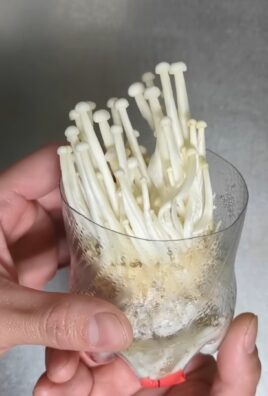
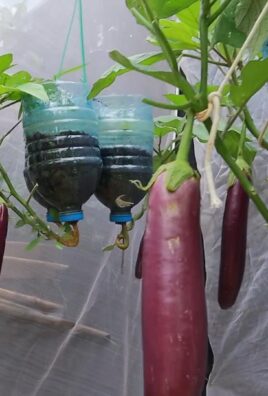
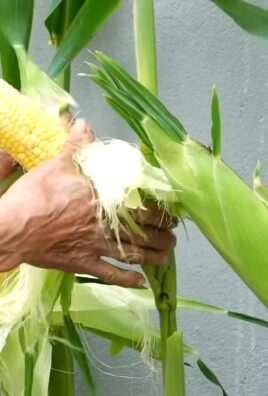
Leave a Comment